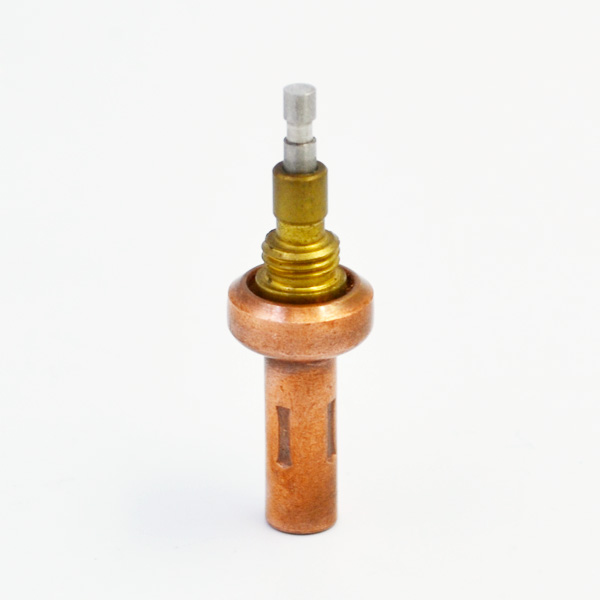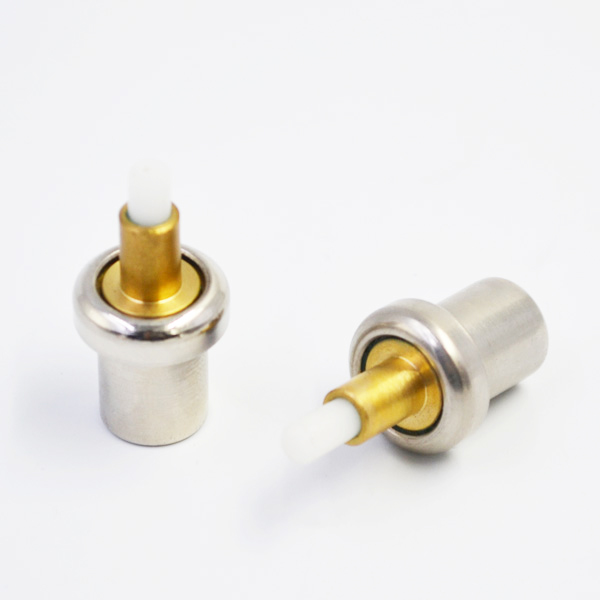At present, the control and transmission system of shaftless drive press (such as gaobao, Gauss, sauna, Baonan, etc.) on the market basically adopts the synax200 system of Bosch Rexroth company in Germany, which is composed of hardware PPC controller and IndraDrive driver. The former is the core component of the system, controlling the synchronous operation of dozens of motors, and the latter is The transmission part of this system is mainly composed of power supply, servo driver, servo motor, etc. It receives instructions from PPC controller and operates synchronously as required. Sercos II communication mode is used between PPC controller and IndraDrive driver. The physical medium is optical fiber. If the printing unit is under two towers, it usually has one PPC controller and four towers have two PPC controllers. Sercos II communication mode is also used between PPC controllers, but it is only a cross communication mode (the hardware is Bosch Rexroth DAQ cable communication card). The printing process software system developed by the printing press manufacturer and the communication between the PPC controllers of Bosch Rexroth constitute a complete set of shaftless printing press drive system. There are various communication modes between printing press manufacturers and Rexroth PPC controllers, such as RS232, Ethernet, Profibus, Arcnet, etc. Here, the author will introduce the common fault alarm situation and solutions of Bosch Rexroth PPC controller in the process of printing combined with the use of our company’s Gauss printing equipment. The PPC controller is shown in Figure 1. There are seven digital status display windows on the top left of the PPC controller. Normally, they will display bb.
When the drive system fails, the PPC digital status display window will prompt the error code.

PPC controller hardware fault code is not many, most of the fault is parameter settings, that is, what we often call “soft fault”, soft fault generally occurs only when debugging, for manufacturers to deliver customers debugged equipment, it is generally not encountered. Code – 01 to – 2X, showing some state process of PPC controller after power on, processing time is very fast, users usually can not see. If the PPC controller is powered on and the code stops in a certain state and does not run downward, if it stays at – 08, it is likely that the CPU on the PPC controller motherboard is broken. Codes P0, P1, P2, P3 and BB are mostly normal communication states of PPC, and stopping in any state is a normal phenomenon.
Most of them are automatic switching of PPC state caused by external instructions or some external faults.

Codes F01 to F06 are mostly indicative of problems in PPC optical cable communications. Because the driver controlled by the PPC controller is connected by the optical cable ring, if the optical cable has a problem, the repairman needs to find out the specific fault location. Generally speaking, the optical cable card of the driver at the node where the optical cable communication is interrupted will have a red light flashing or always on. The code F07 is due to the presence of addresses that are not recognized by the PPC controller in the same optical cable ring, such as duplicate or unset addresses. The reason for code F08 is that the number of drives controlled by the PPC controller is limited, and the number of drives in the optical cable ring exceeds the maximum. Code F09 appears, usually by restarting the PPC controller can be eliminated. The occurrence of code F15 to F18 indicates that the PPC controller has a soft fault. If such an alarm occurs in the normal operation process, it is usually due to some reason that the parameters of the CF card of the PPC controller have changed or lost. The common external effects are sudden power outage, fault of the cabinet grounding system, thermostatic element lightning and so on. In case of such a fault, it is generally only necessary to restore the backup normally used before. Quick clearance of faults.

Codes F21 and F22 usually fail during debugging. Code F23 usually appears when customers change PPC spare parts, reminding customers that some data in RAM on CF card is different from some data in RAM on PPC motherboard.

Users only need to turn off the power and then re-power to eliminate it. Codes F24, F27, F28 are memory issues. Code F 29 is about password settings. Codes F31 to F40 are about bus communication. The rest of the alarm code of the PC controller is basically due to some hardware or software problems caused by DAQ cross-optical cable communication. Code F98 is the last alarm code of the PPC controller. The meaning of this code is very rich.
As long as one of the drives connected by the PPC controller is faulty, the PPC controller will display code F98. Because PPC controller usually connects more drivers and has a higher probability of failure, F98 is the highest frequency alarm code for PPC controller. At this time, maintenance personnel need to find out which driver is out of order to solve the corresponding failure, and the alarm of PPC controller is eliminated. If the maintainer will use SynTop software, it will be much easier to troubleshoot the PPC controller. Because this software will display not only the fault information of PPC controller, but also the fault information of driver. Generally speaking, the printer manufacturer will install this software in the service host computer. The usual way of communication between the PC controller and the host computer is through RS232 or Ethernet ports.
